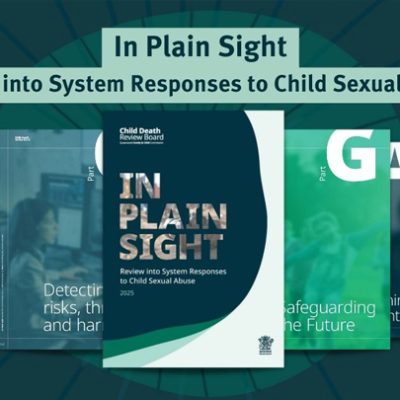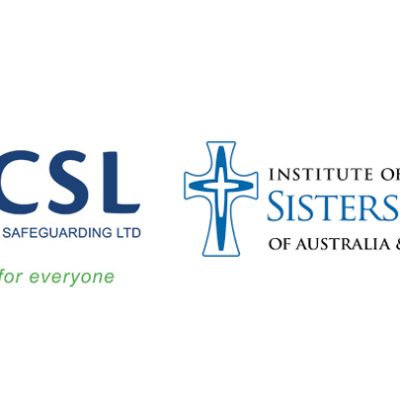
New Australian Catholic University research has identified a complex interplay of child, parental, and contextual factors associated with the maltreatment of children by their families.
The comprehensive findings identify key areas that could be targeted with support and parental education to reverse the trend. The research also highlights a variety of protective factors which keep children safe from harm.
The research follows the release of the Australian Child Maltreatment Study (ACMS) last year showing 62.2 per cent of Australians aged 16 and over experienced sexual, physical, or emotional abuse, neglect, or exposure to domestic violence. Almost two-thirds of those were subjected to more than one child maltreatment type.
ACU Institute of Child Protection Studies Director Daryl Higgins, the lead author of the new rapid review research based on 52 studies, and an ACMS chief investigator, said while the associated factors were not necessarily causative, they highlighted key areas that needed to be targeted to better safeguard children.
“This new research has pinpointed multiple issues associated with experiences of child maltreatment and contact with a child protection service that we need to address as a matter of urgency,” Professor Higgins said.
“This is not about shaming or targeting individuals or circumstances, but rather about listening to the evidence and providing the supports needed to keep children safe and help families, in all their diversity, to thrive.
The research, published in the Australian Journal of Social Issues and conducted with ACU PhD student Gabrielle Hunt in coordination with the Australian Institute of Family Studies, was funded by Respect Victoria.
FULL STORY
New study identifies factors associated with child maltreatment in the home (ACU)






